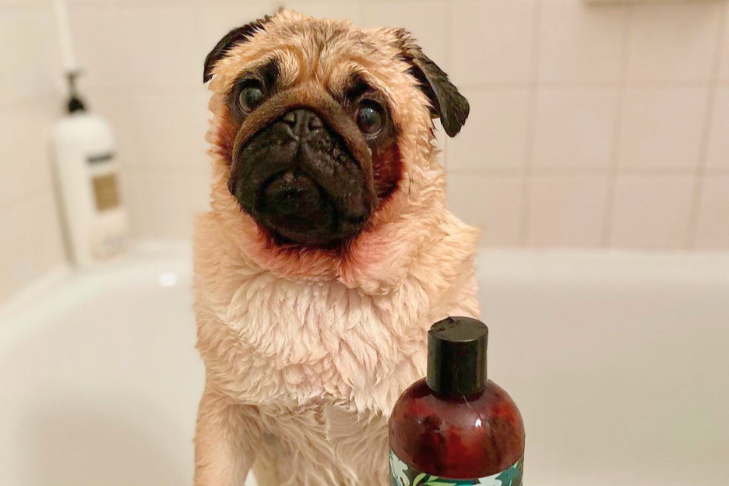Pug Lifespan & Health Issues

Pugs, with their charming personalities and distinctive looks, have become favorites among dog enthusiasts. As a pet parent, it’s important to understand the unique aspects of their health and lifespan to ensure they lead happy, healthy lives.
Lifespan of Pugs
Pugs are known for their longevity compared to other dog breeds. On average, the lifespan of a pug ranges between 12 to 15 years. However, factors like genetics, diet, exercise, and overall care play a significant role in determining their individual lifespan.
Factors Influencing Pug Lifespan
Genetics:
Genetics play a crucial role in a pug’s overall health and lifespan. Responsible breeding practices can contribute to minimizing hereditary health issues. When choosing a pug, if you’re not adopting and rescuing a pup, it’s essential to select from reputable breeders who prioritize the well-being of the dogs.
Nutrition:
A well-balanced diet is fundamental for maintaining a pug’s health. As a brachycephalic breed, pugs are prone to obesity, which can worsen other health issues. Make sure that their diet includes high-quality dog food and supplements. Watch out for added unnecessary ingredients and consider appropriate portion control.
Exercise:
Despite their small size, pugs are energetic dogs that require regular exercise. Daily walks and interactive playtime help manage their weight, promote cardiovascular health, and prevent them from becoming bored.

Common Health Issues in Pugs
Brachycephalic Airway Syndrome (BAS):
Brachycephalic breeds like pugs have unique facial structures, making them prone to respiratory issues. BAS can lead to breathing difficulties, especially in hot or humid weather. Pet parents should be very cautious during exercise and avoid strenuous activities in adverse conditions.
Obesity:
Pugs have a tendency to easily gain weight, which can make any existing health problems worse. Maintaining a healthy weight through proper nutrition and regular exercise is key to preventing obesity-related issues.
Skin Fold Infections:
The adorable wrinkles and folds on a pug’s face can trap moisture, leading to skin fold infections. Regular cleaning and drying of these folds can help prevent bacterial or fungal growth.
Hip Dysplasia:
Pugs are predisposed to hip dysplasia, a condition where the hip joint doesn’t develop properly. Maintaining a healthy weight and providing joint supplements can contribute to joint health.
Eye Conditions:
Pugs are prone to various eye issues, including corneal ulcers and dry eye. Regular veterinary check-ups and proper eye care are crucial for preventing and managing these conditions.
Understanding the lifespan and potential health issues of pugs can allow pet parents to provide the best care to contribute to their overall well-being. Being cautious and taking preventative measures can ensure they thrive by your side.


